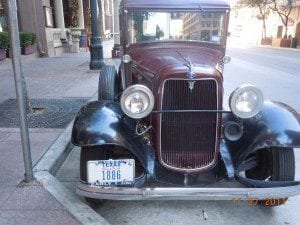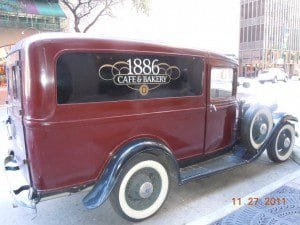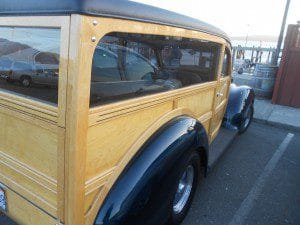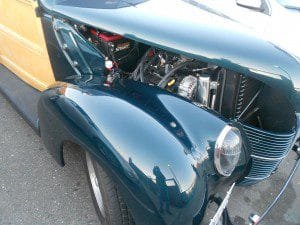The 1939 Chevy is a top collector’s car. This vintage automobile can be seen at auto museums and at car club shows throughout the U.S.
One of the significant changes seen on the 1939 Chevrolet Master Series JB’s included a longer hood. The headlights also sat atop the front fenders. Many though the the new fender and grill design of the 1939 models gave it a look similar to the Cadillac of it’s time. By means of its 1939 production line, Chevrolet truly attempted to attract the business class buyer. The model offered luxurious and top-of-the-line designs and accessories. The 1939 Chevy JA and JB models both met with excellent sales success.
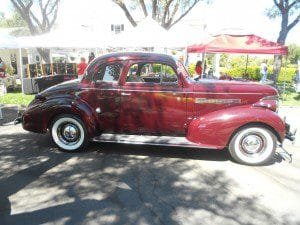
Chevrolet advertising for the 1939 models was aggressive in offering you the highest trade-in value for your current car, speedy delivery by placing priority for all advance orders and stating that your early purchase will allow you the time for “breaking it in” before winter weather arrives“. The ads go on with the new advancements available with the 39 Chevys and higher quality at lower prices.
Another advance ad states that the new 1939 Chevy is the biggest and most beautiful Chevrolet ever built. Chevrolet offered it’s new car buyer a free 1,000 check up and tune up. The service offered at 1,000 mile was considered a final adjustment to the vehicle. Chevrolet service during 1939 included having the owner lubricate the chassis every 1,000 miles and have the car taken in for tightening of bolts, etc every 5,000 miles as well as a transmission and rear axle flush plus tune up at 5,000 mile intervals.

During the same 1939 model year promotion, Ford Motor Company advertising pushed “better engineering” very hard along with the economy of offering either a 60 HP or 85 HP V-8 engine. Ford said they were selling a higher quality automobile in the lower price category. Ford’s used the slogan in 39 as “The quality car in the low-priced field”. Both Chevrolet and Ford were making the same claims.
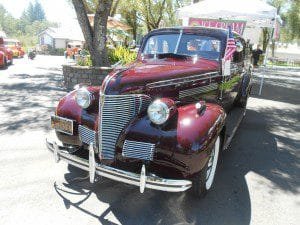
Another big change with the 1939 Chevrolet had to do with the car’s suspension design. The 1939’s were built with coil springs and wishbones as opposed to the Dubonnet type Knee Action suspension design although this option was seen only with the Master Deluxe series which is the model shown in this article. There was also a vacuum assisted, column-mounted gearshift that reportedly helped ease gear changing. The transmission was a rear three speed. The car was built with a 6 cylinder, 216.5 cubic inch, 3.5L cast iron block engine that produced 85 HP. The wheel base was 112.25 inches. The Business Coupe was a two passenger, five window design with luggage compartments in the rear body and rear deck.

The 1939 Chevy Master Deluxe had a weight between 2,845 – 3,060 pounds and a price range between about $680 to $850 depending on options added. Based on what the car had to offer the buying public, the price tag was good.
There was a bit over 386,000 units built. About 33,800 Business Coupes were produced in 1939. During the same model year about 20,900 Sports Coupes were built.
There were two series of the Chevy 1939 Deluxe produced. This was the JA and the JB series. The diffference with the JA’s were that they were somewhat more fancier and had a higher price tag. A lot of the equipment that was optional on the JB’s were standard with the JA’s. The two models were essentially the same in bodies, engines, transmissions,clutches, brakes and rear axles.
See the AutoMuseumOnline articles on the links below…
The 1939 Ford Deluxe Convertible Coupe
The 1939 Model year was a good one for Chevrolet and the Master Deluxe series sold very well. The car is a top collector’s pick and some of the restorations done have been great.
